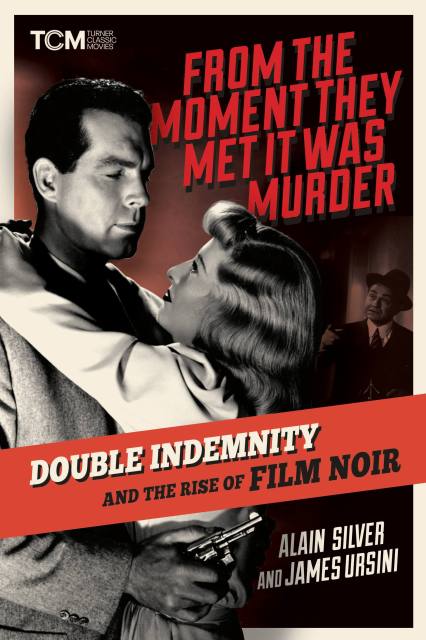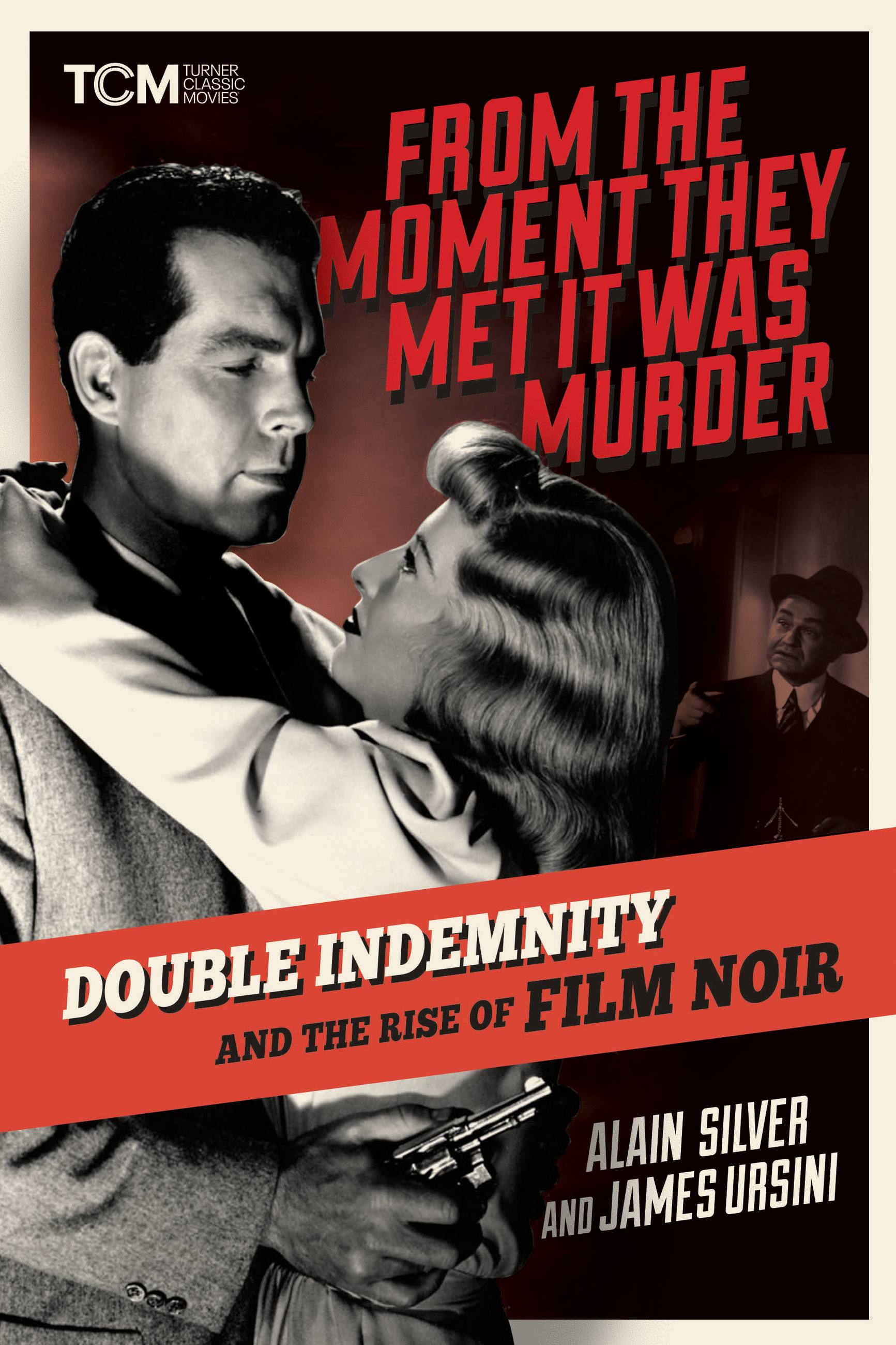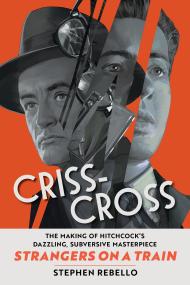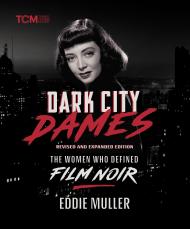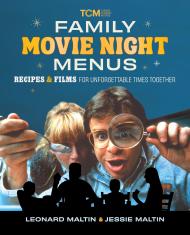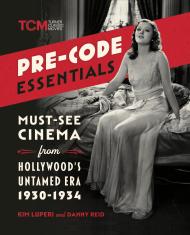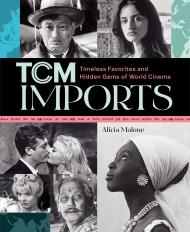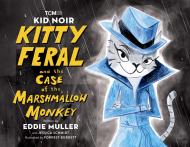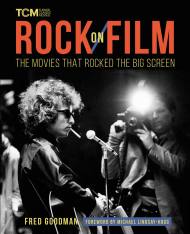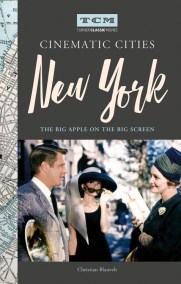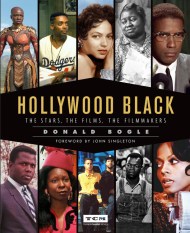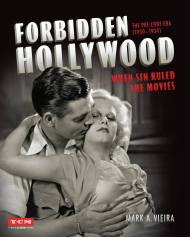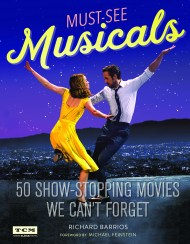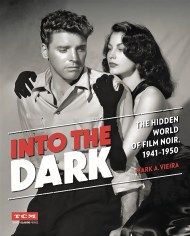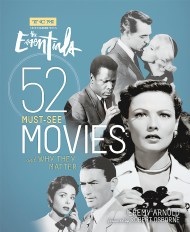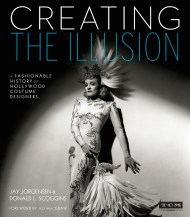By clicking “Accept,” you agree to the use of cookies and similar technologies on your device as set forth in our Cookie Policy and our Privacy Policy. Please note that certain cookies are essential for this website to function properly and do not require user consent to be deployed.
From the Moment They Met It Was Murder
Double Indemnity and the Rise of Film Noir
Contributors
By Alain Silver
By James Ursini
Formats and Prices
- On Sale
- Apr 2, 2024
- Page Count
- 352 pages
- Publisher
- Running Press
- ISBN-13
- 9780762484935
Price
$30.00Price
$39.00 CADFormat
Format:
- Hardcover $30.00 $39.00 CAD
- ebook $14.99 $19.99 CAD
- Audiobook Download (Unabridged) $24.99
Buy from Other Retailers:
From actual murder to magazine fiction to movie, the history of Double Indemnity is as complex as anything that hit the screen during film noir’s classic period. A 1927 tabloid sensation “crime of the century” inspired journalist and would-be crime-fiction writer James M. Cain to pen a novella. Hollywood quickly bid on the film rights, but throughout the 1930s a strict code of censorship made certain that no studio could green-light a murder melodrama based on real events. Then in 1943 veteran scriptwriter and newly minted director Billy Wilder wanted the story for his third movie. With tentative approval from the studio he hired hardboiled novelist Raymond Chandler to co-write a script that would be acceptable to industry censors.
Director Wilder then cajoled a star cast into coming aboard: the incomparable Barbara Stanwyck in her unforgettable turn as the ultimate femme fatale; alongside Fred MacMurray, going against type as her accomplice; and Edward G. Robinson as a dogged claims investigator. Wilder kept Chandler on for the entire shoot, and other key collaborators were cinematographer John Seitz, costume designer Edith Head, and composer Miklôs Rôzsa. With all these talented contributors, the final film became one of the earliest studio noirs to gain critical and commercial success, including being nominated for seven Oscars. It powerfully influenced the burgeoning noir movement, spawned many imitators, and affected the later careers of all its cast and crew. Double Indemnity’s impact on filmmakers and audiences is still felt eight decades since its release.
Authors Alain Silver and James Ursini tell the complete, never-before-told history of writing, making, and marketing of Double Indemnity in their latest and most provocative work on film noir: From the Moment They Met It Was Murder.
Genre:
Series:
Newsletter Signup
By clicking ‘Sign Up,’ I acknowledge that I have read and agree to Hachette Book Group’s Privacy Policy and Terms of Use
